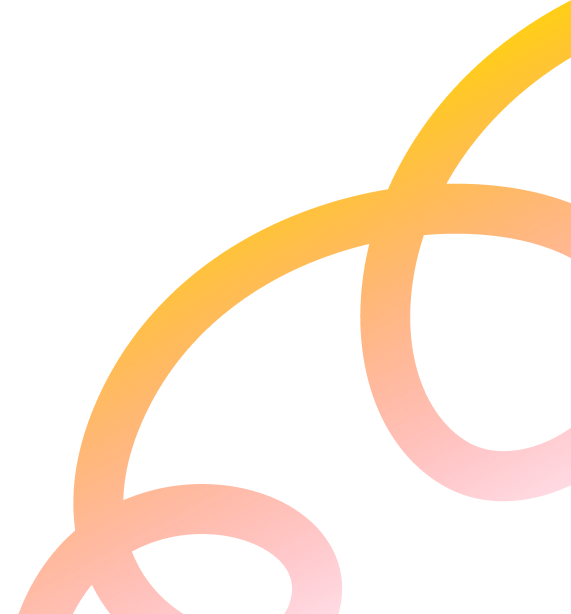
How to Create an Inclusive Culture in the Workplace
An inclusive workplace culture is largely based on core values. This type of workplace requires a culture where everyone is respected and valued for their contributions to the business and environment.
Every employee deserves dignity, respect, and equality. They should have access to the tools and resources they need for professional development, and anyone with a disability should have barriers removed to have disability inclusion in the workplace.
These actions and values should be mirrored in the business’s policies and procedures to have a diverse and inclusive workforce. The inclusive workplace also ensures the employees’ rights are preserved, and anyone taking part in the business is driven to uphold those values.
Essentially, an inclusive workplace ensures everyone has access to the same opportunities, everyone is treated with the same level of respect, and all people are welcome and valued. This is important to cultivate in a business.
But don’t worry! If you feel your business could use some leveling-up in this department, we have diversity and inclusion strategies and best practices to implement, so the employee experience of diverse populations is good.

Image source: Unsplash
The Impact of an Inclusive Workplace Culture
Creativity and Innovation
When different people are hired, they bring knowledge and perspectives from unique backgrounds and experiences. This adds to the business’s overall creativity and innovation capacity.
Challenges can be approached from various angles with a team of unique individuals to find unique solutions. With various backgrounds and cultures, teams can develop ideas, solutions, products, messaging, and processes that have never been used before. This can help a business outperform its competitors.
Informed Decision-Making
The same idea applies to decision-making and future-proofing. A collaboration between individuals with different views informs better decision-making and progress. Different people will outline barriers and challenges unseen by others, which can then be overcome with the team.
Businesses with diverse teams can make better long-term decisions when more brains collaborate. More people means more thought on potential obstacles, opportunities, and pitfalls. A more diverse team also means that various people can help represent different segments of the market to better align the brand with what customers want.
Well-Rounded Candidates
Inclusivity starts in the hiring process. In fact, a well-planned hiring process shows candidates how inclusive the business is, and a wider range of people are likely to apply. The more people apply, the larger the talent pool becomes with diverse people.
This gives businesses access to a wider range of skills, talents, and opportunities. Diverse candidates who can already see diversity in the business (for example, through the executive team) are more likely to apply.
Employee Engagement and Retention
Employees in an inclusive environment are more likely to feel valued and respected. Therefore, they’re likely happier at their job and want to stay engaged with the business. Engaged employees are beneficial to the business.
The business will see a boost in productivity, retention, and morale. Plus, absenteeism and poor health are likely to decline when a person is happy and stress-free. Foster trust between leaders and employees by creating an inclusive workplace.

Image source: Unsplash
Diversity and Inclusion Best Practices
Implement Hiring Practices That Encourage Diversity
It starts with quality hiring. This is the first stage where businesses can connect with a diverse talent pool and build an inclusive team.
Hiring practices should be configured to attract candidates from different backgrounds with unique experiences and perspectives. Consider job postings through non-traditional avenues where you can access new pools. Attend diversity-focused job fairs, use various social media platforms, or partner with a community initiative to support diversity.
Tip: If you haven’t had company-wide diversity training yet, consider providing this to offer unique perspectives in the work environment.
Job postings should be free of barriers and biased language. Only include requirements necessary for the role’s success. When it comes time to interview candidates, ensure the interview panel is diverse to showcase the business’s values and embody them.
Foster a Company Culture of Belonging
This is the role of both employers and employees. Everyone in the workplace should embody inclusive values and foster a company culture of belonging. Every person should feel welcome, respected, and comfortable. The goal is to prioritize connection and acceptance. How?
Accept all views, opinions, and suggestions as valid. Make decisions based on the project or task, not on who a person is. Support others by listening, providing resources, and celebrating contributions. Empower each other by allowing everyone to have a voice without judgment.
Offer Inclusive Onboarding and Education
These are standing aspects of a new role and career development, but they can also be a platform to promote a diverse and inclusive workplace. Onboarding and education should be free from barriers and accessible to all. There should also be modules that cover inclusivity and diversity, so that all team members know how to conduct themselves and uphold the intended environment.
Include workshops and seminars for interactive options where participants can practice behaviors and strategies for inclusivity. Have online courses for employees to learn at their own pace and participate from anywhere. Consider offering a diversity-based dialogue to discuss the topic and learn how to make others feel valued.
Uphold Inclusive Policies and Practices
Inclusive workplaces should be represented in policies and business practices and implemented by all. Policies should be fair, and accessible, and promote respect despite background, race, or identity.
An equal employment opportunity policy ensures that anyone has the same opportunities throughout all employment stages. Flexible work arrangements allow people in any location or with any level of ability to work in a way that makes sense for them.
Mirror a Diverse Workforce Through Leadership
Lastly, diversity should be represented through leadership if it’s meant to be implemented by all employees. Not only should the leadership team be a diverse group, but they should also be the first to create an inclusive workplace.
A diverse leadership team enables role modeling for all desired behaviors and practices, so they should pay special attention to how they act and what their choices demonstrate. Diverse leadership in upper management will show employees they take the initiative seriously.

Image source: Unsplash
Create a Diverse and Inclusive Workplace Culture with Ad Culture
Wondering where you can get started to reap the rewards of a diverse team and inclusion efforts? At Ad Culture, we’re all about connecting the right talent with the right opportunities for a thriving employer-employee relationship.
Find your next successful hire with us! Start your hiring journey here.








